12 of the best drought-tolerant plants for a garden that flourishes in dry spells
With minimal effort from you!
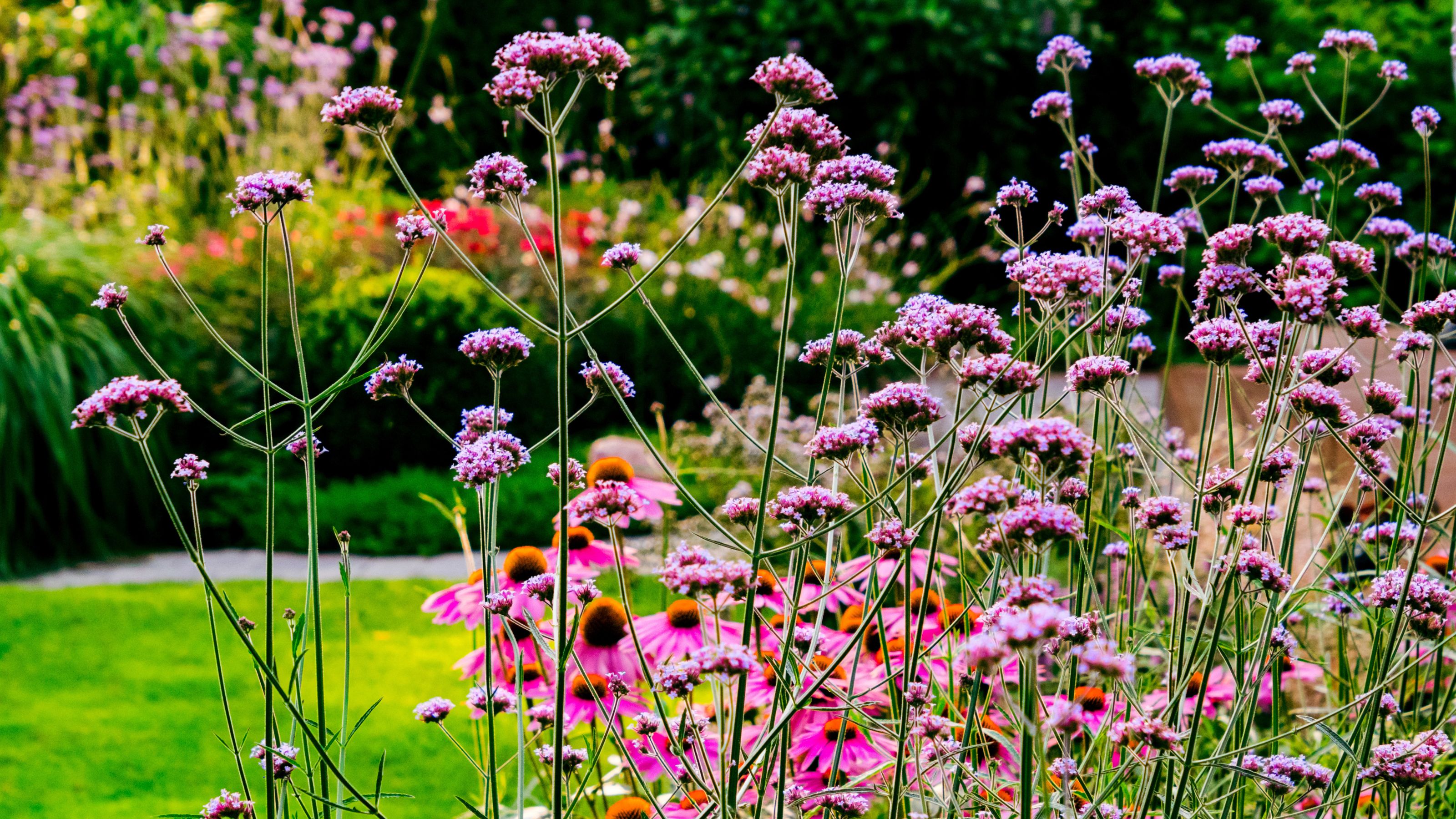
Sophie King
We're in the middle of a very hot summer, but if you select some of the best drought-tolerant plants for your garden, they'll thrive despite the heat.
Thanks to their ability to grow in dry soils, drought-tolerant plants are often found in Mediterranean garden ideas – but they'll do really well in hot summers here in the UK, too.
To help you plan a garden that can withstand heatwaves (even flourish in them!) and save on your water bill, we've rounded up the best drought-tolerant plants to keep on your radar.
1. Coneflowers
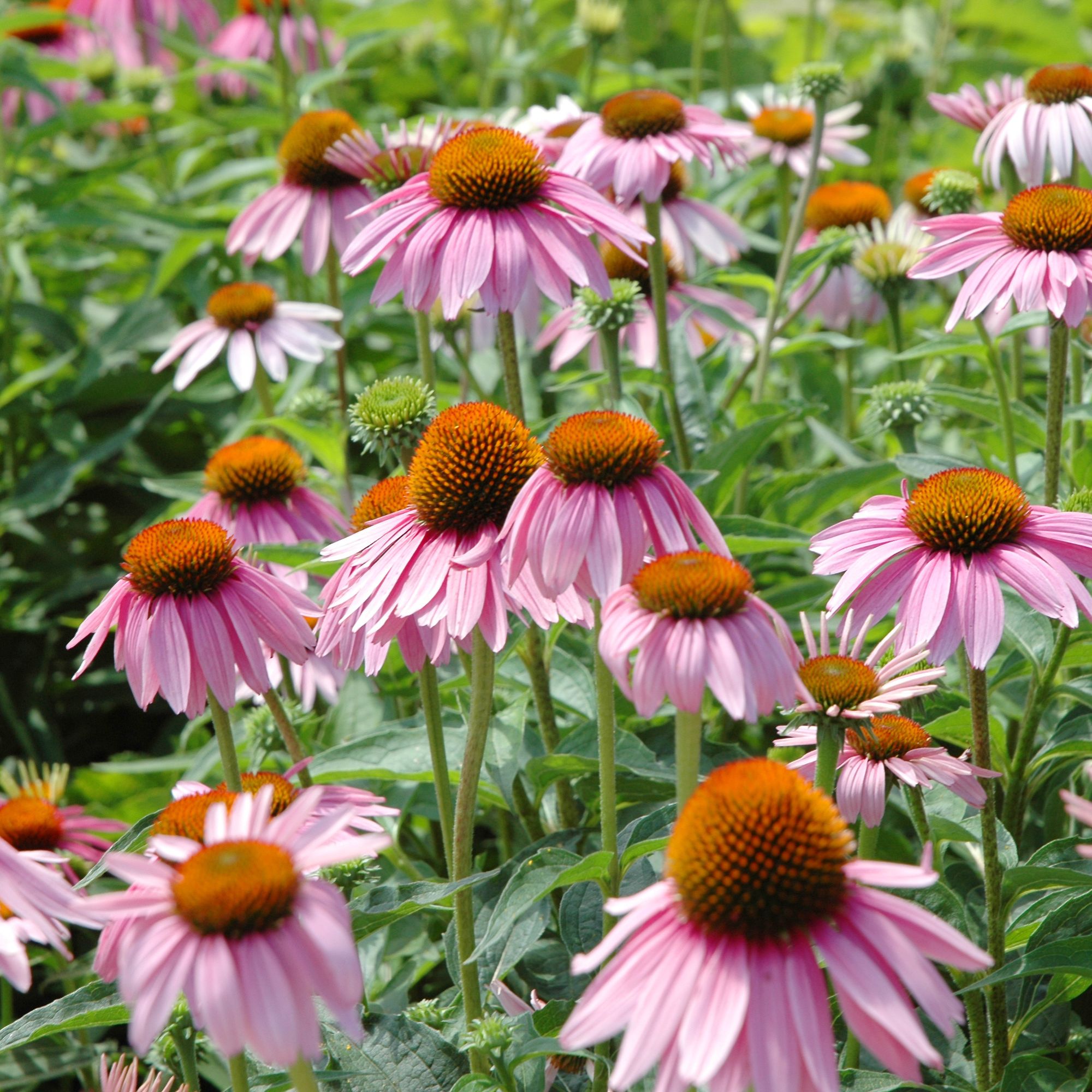
Coneflowers, or Echinacea purpurea, are a popular perennial you can grow from seed, and they're a hit with pollinators, too. Better yet, they're one of the best drought-tolerant plants out there.
‘Easy to grow and adored by pollinators, coneflowers bring long-lasting colour and drought resilience to any garden,’ says Dr Emily Attlee, conservation scientist and co-founder of Seedball.
‘These vibrant, native wildflowers are not just a feast for the eyes – they’re also tough and reliable perennials that come back year after year.’
Where to buy coneflowers:
Sign up to our newsletter for style inspiration, real homes, project and garden advice and shopping know-how
- Crocus: Buy Echinacea purpurea 'Magnus' from £6.99.
- J Parker's: A vibrant selection of potted Echinacea plants.
2. Agapanthus
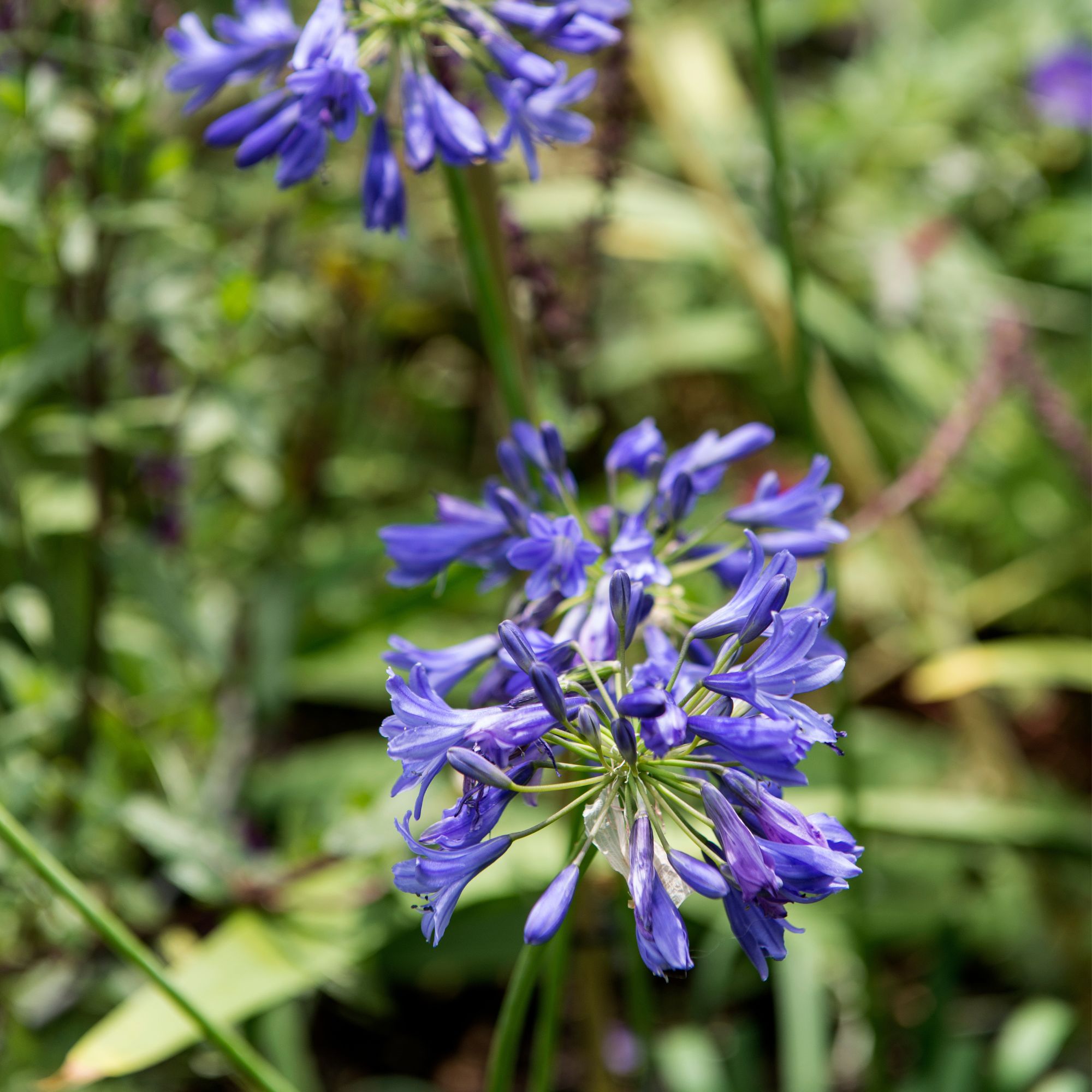
Planting agapanthus will reward you with huge flowerheads, and because they're one of the best drought-tolerant plants you can grow in the UK, the displays should survive the hotter days ahead.
'Although they need watering in their first year until they become established, their ability to store water in both their leaves and stems helps them tolerate periods of drought with no ill effects,' says Lucie Bradley, gardening and greenhouse expert at Easy Garden Irrigation.
Where to buy agapanthus:
- Gardening Express: Agapanthus 'Ever Sapphire' is a beautiful variety.
- Crocus: Agapanthus 'Midnight Star' produces rich blue blooms.
3. Oxeye daisies
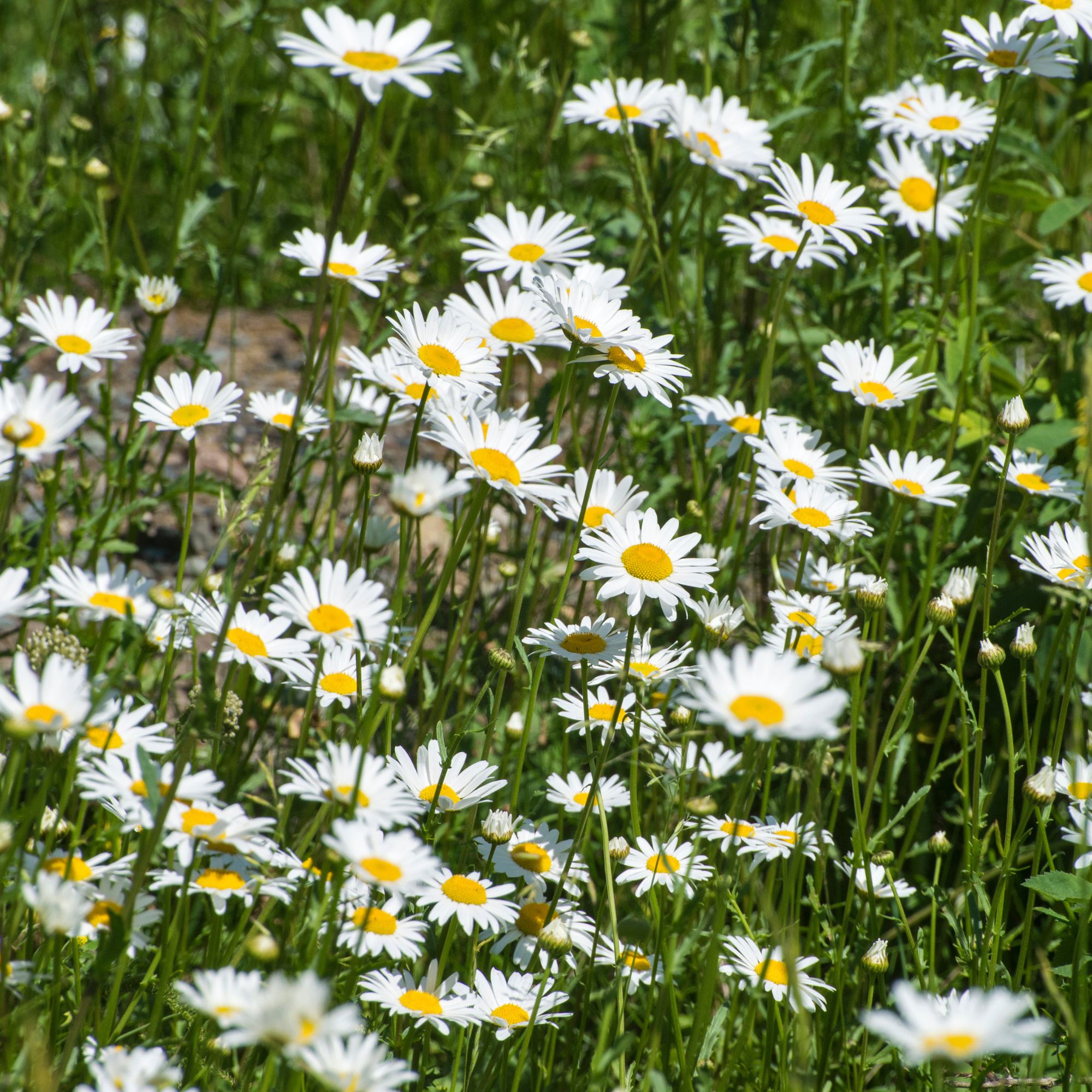
Oxeye daisies are another great choice for dry soils, especially if you're looking for wildflower garden ideas that can withstand a hot summer.
‘Often spotted on roadside verges, the oxeye daisy is a fuss-free flower that thrives on neglect,’ says Dr Emily. ‘It handles poor soil well and requires very little watering once settled in.’
Where to buy oxeye daisies:
- Crocus: Leucanthemum × superbum 'Snowcap' is also known as the Shasta daisy.
4. Musk mallow
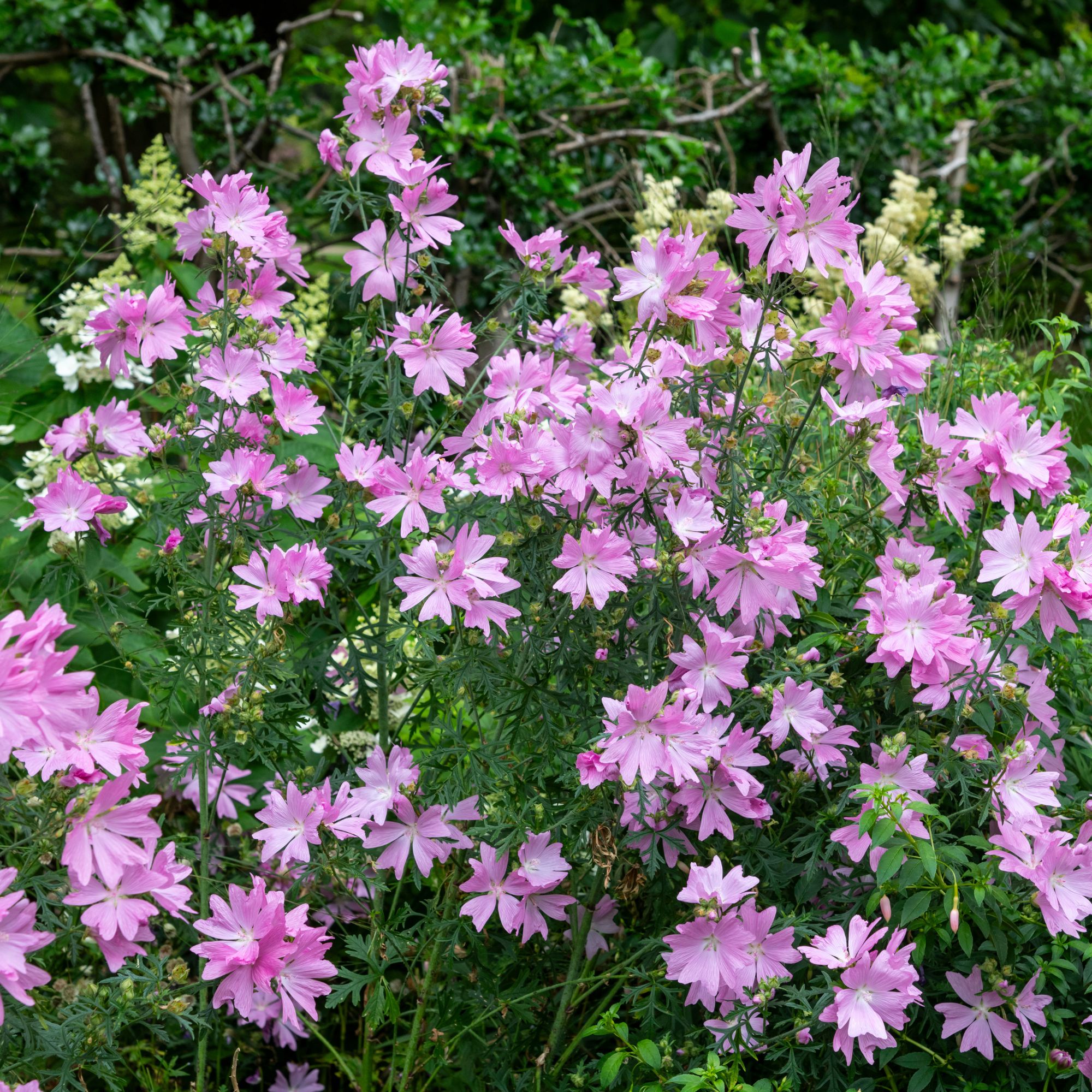
Dr Emily also recommends musk mallow if you're looking for the best drought-tolerant plants for a wildflower garden, and we're huge fans of the pretty, delicate flowers that appear in July and August.
‘With soft pink flowers and a classic cottage garden appeal, musk mallow is both beautiful and hardy,’ says Dr Emily. ‘Low-maintenance and drought-tolerant, it dies back in autumn but reliably reappears in spring.
'Its vintage look and wildlife-friendly nature make it a garden favourite.’
Where to buy musk mallow:
- Amazon: Order Mr Fothergill's Mallow (Musk) seeds for just £2.69.
5. Gorse
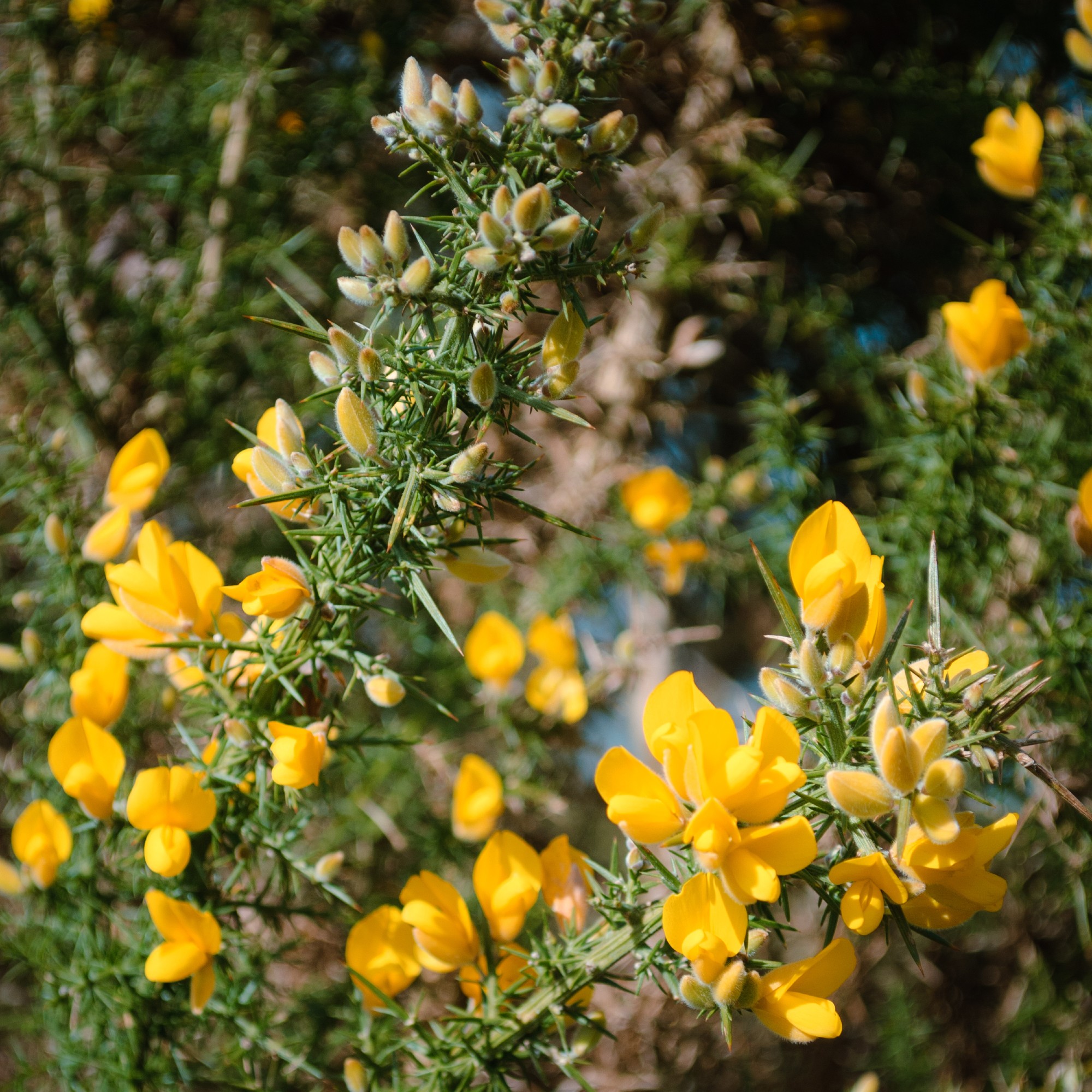
Gorse provides vibrant displays of yellow flowers, particularly in spring, and it's another great example of a low-maintenance, drought-tolerant plant.
'Gorse thrives in poor, sandy, or gravelly soil and is extremely drought tolerant,' says John Clifford, director at Gardenstone. 'It requires very little watering and requires full sun in order to thrive.
'One thing to watch out for with gorse is that it can be invasive, so you'll need to manage its spread carefully and keep on top of controlling its size.'
Once the plants have flowered, trim them back slightly to help control their size and shape.
Where to buy gorse:
- Amazon: Order Gardeners Dream gorse in a small pot for £9.99.

John Clifford is a director of Gardenstone, a leading garden landscaping retailer based in the UK. With over 30 years in the gardening industry and continual work alongside The National Trust, John has amassed an extensive range of gardening and planting knowledge. Alongside his younger son, John has built a strong reputation for Gardenstone as a trusted source for both high-quality garden products and expert gardening advice.
6. Verbena
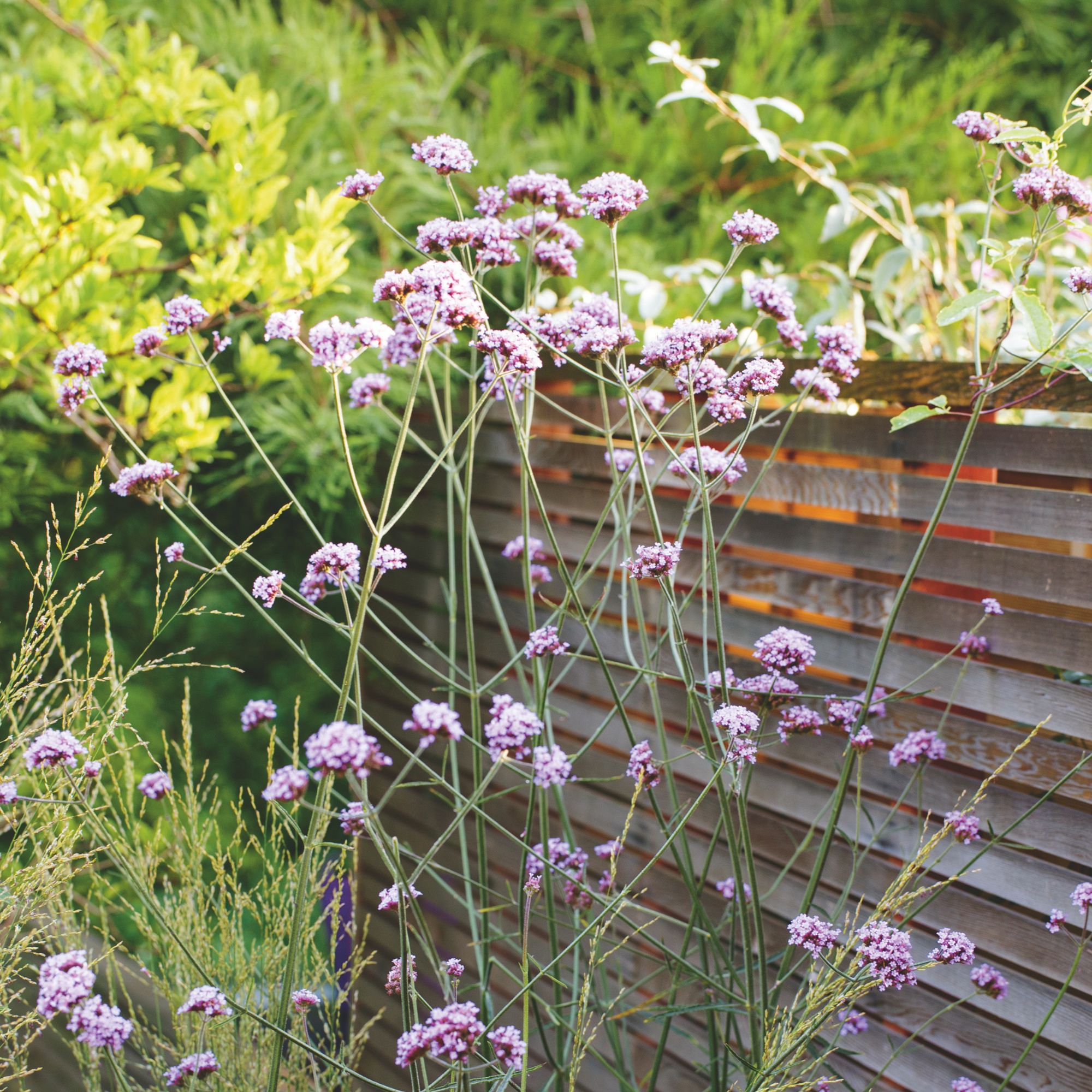
Verbena rigida and Verbena bonariensis are some of the best drought-tolerant plants for beautiful displays in garden borders. Fragrant, bright purple flowers appear from summer to autumn, and they're rich in nectar, so they cater perfectly to bees and butterflies.
Luckily, learning how to grow verbena is a piece of cake. Plant these popular perennials in a sunny position with well-draining soil.
Where to buy verbena:
- Crocus: Vibrant Verbena rigida plants for fragrant blooms.
- J. Parker's: Verbena bonariensis is a popular choice.
7. Flannel bush
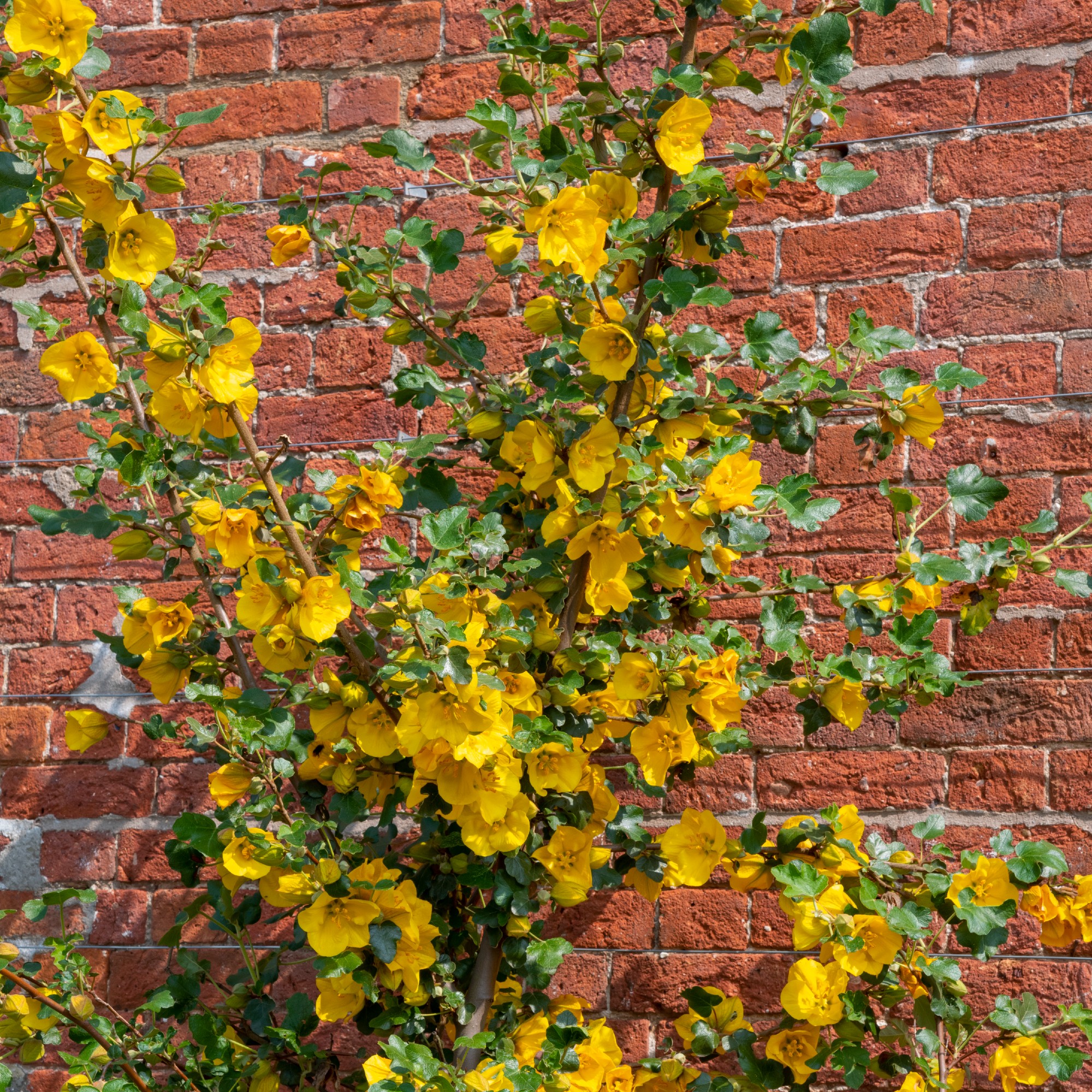
The flannel bush is one of the best drought-tolerant plants out there and, like gorse, it produces bright yellow flowers.
'Fremontodendron, or the flannel bush, is an evergreen shrub which prefers well-draining soil that's either sandy or loamy,' says John from Gardenstone. 'It requires full sun and needs very minimal watering once it's established. Waterlogging should be avoided at all costs.'
Though the flannel bush is a low-maintenance plant during the summer, you'll want to protect the plant from frost in the winter. 'Use a horticultural fleece, and consider planting in a location that's sheltered from the wind to ensure they're protected from cool chills,' John advises.
8. Lavender
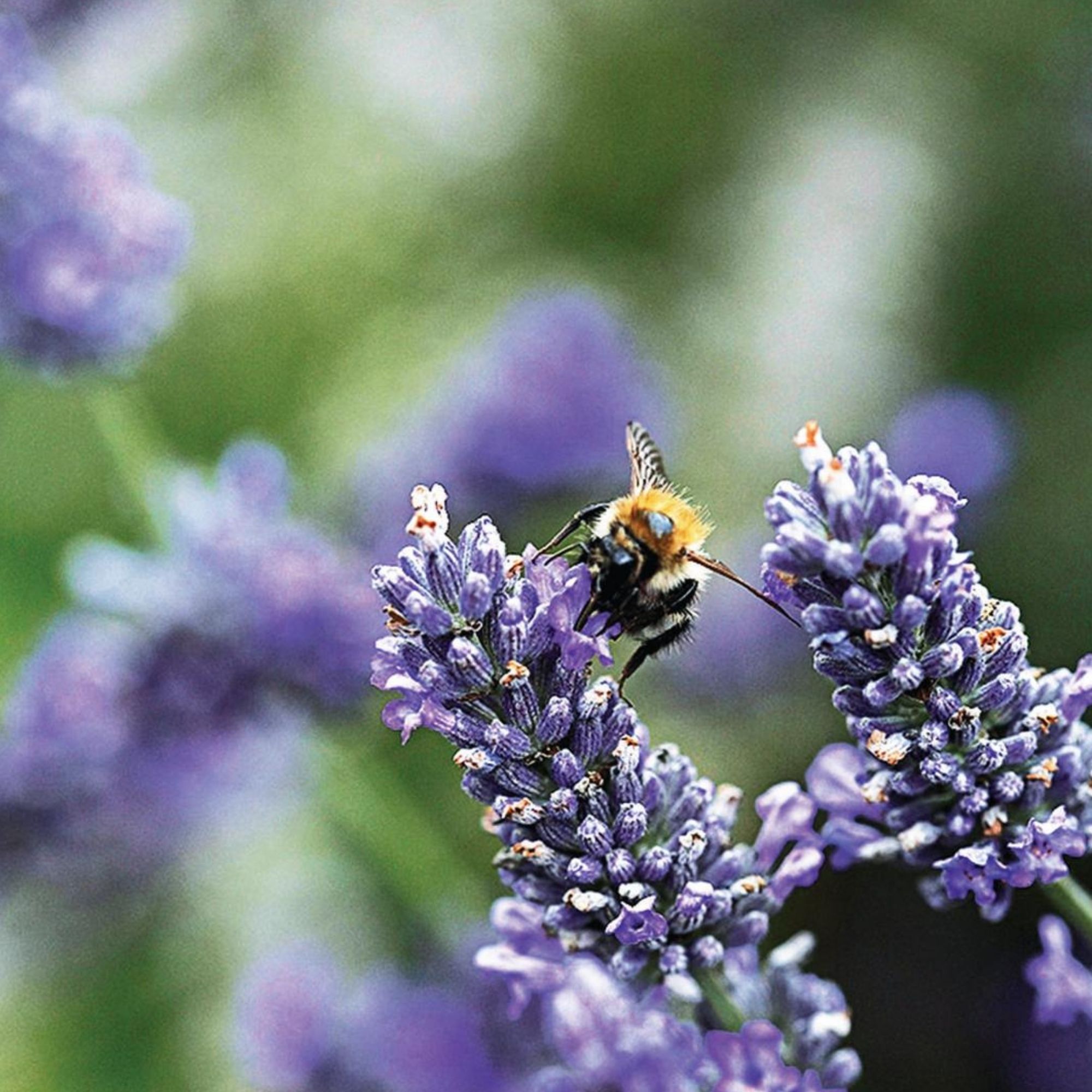
Learning how to grow lavender is a brilliant idea all around – it's a plant that bees love, and it's perfectly adapted to warmer climes.
'Lavender is a classic drought-tolerant plant here in the UK, and potentially one of the most popular,' says John.
'In order to survive, lavender needs well-draining soil. It also prefers a soil that is slightly alkaline, and even gravelly or sandy. 'It requires full sun, and only needs watering very sparingly.'
Where to buy lavender:
- B&Q: French lavender plants are available now.
- Amazon: A range of lavender plants to choose from.
9. Salvias
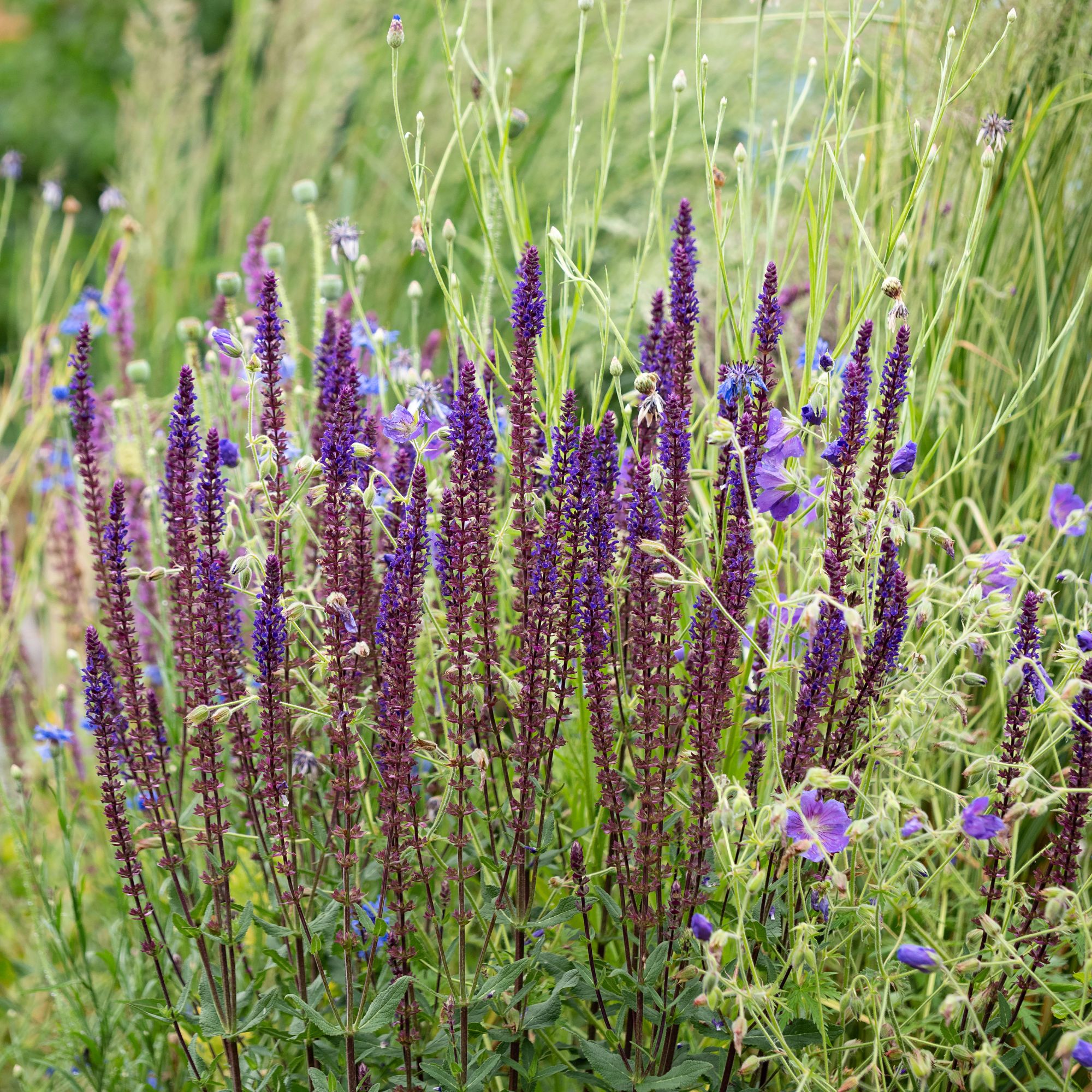
Salvia is drought-resistant and offers beautiful displays of delicate flowers in a range of colours. Plus, bees and butterflies love them.
'Well-draining soil is crucial for Salvia,' says John from Gardenstone. 'Even if the soil is poor in quality, they will survive as long as there is adequate drainage.
'They prefer being in a location with full sun, and although they're drought tolerant, they do still benefit from slight watering in periods where it might be extremely dry.'
Prune salvias lightly in spring to remove dead and damaged growth, and deadhead spent flowers to encourage further blooming. In cold areas, it's best to mulch around the roots in the autumn.
Where to buy salvias:
- Thompson & Morgan: Salvia nemorosa 'Salvatore Deep Blue' is a striking choice.
- Crocus: a vibrant range of salvia plants to choose from.
10. Sedums
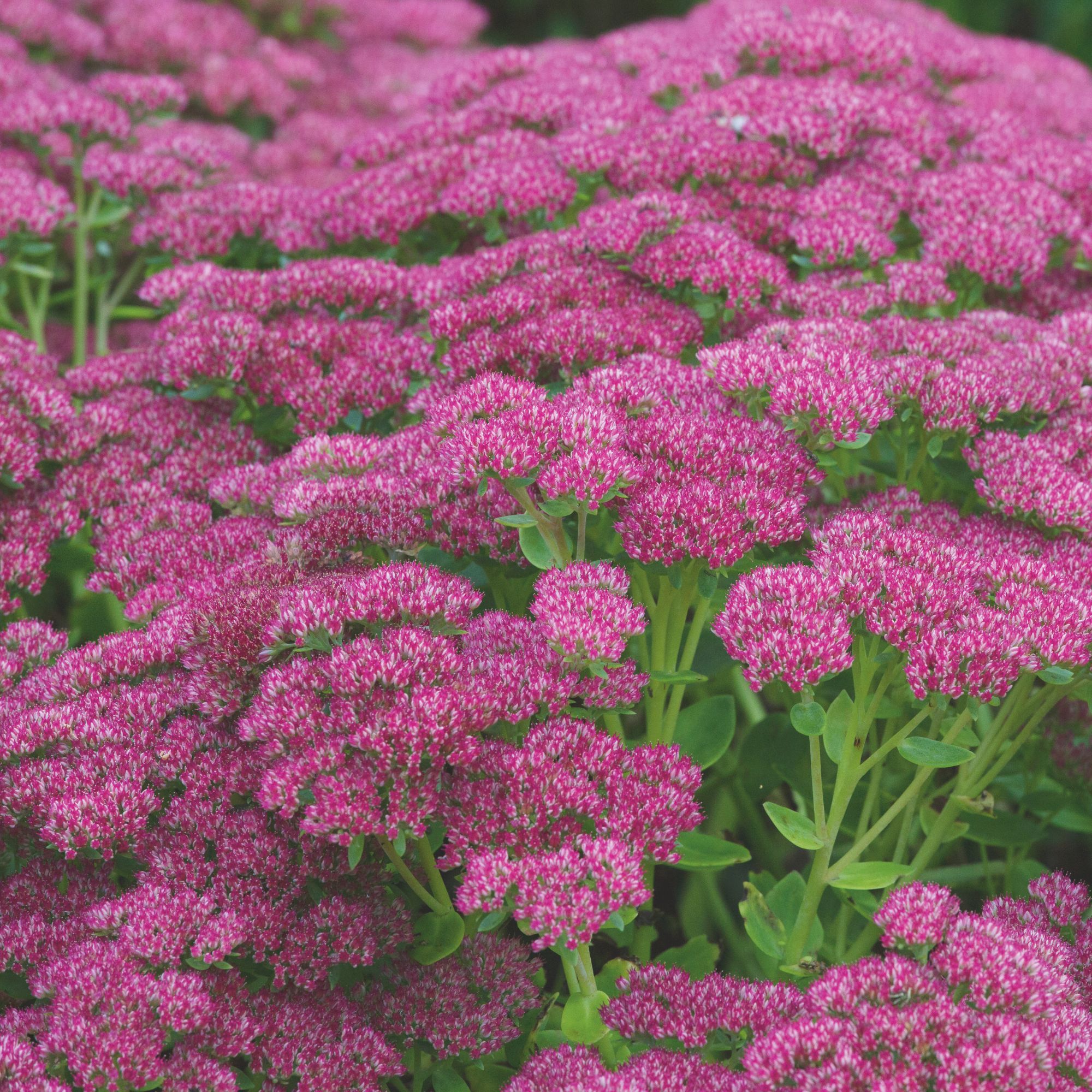
Learning how to grow sedums is a breeze. These drought-tolerant succulents store water within their leaf structure and waxy leaf coating, preventing water from escaping the leaf.
Plant them in full sun or partial shade, in any well-drained soil. In the spring, cut them back to new growth and look forward to a fresh round of blooms.
Where to buy sedums:
- Crocus: Grow Sedum 'Autumn Joy' for bright pink blooms.
- Gardening Express: A hardy succulent sedum collection, perfect for containers and borders.
11. Cabbage palm
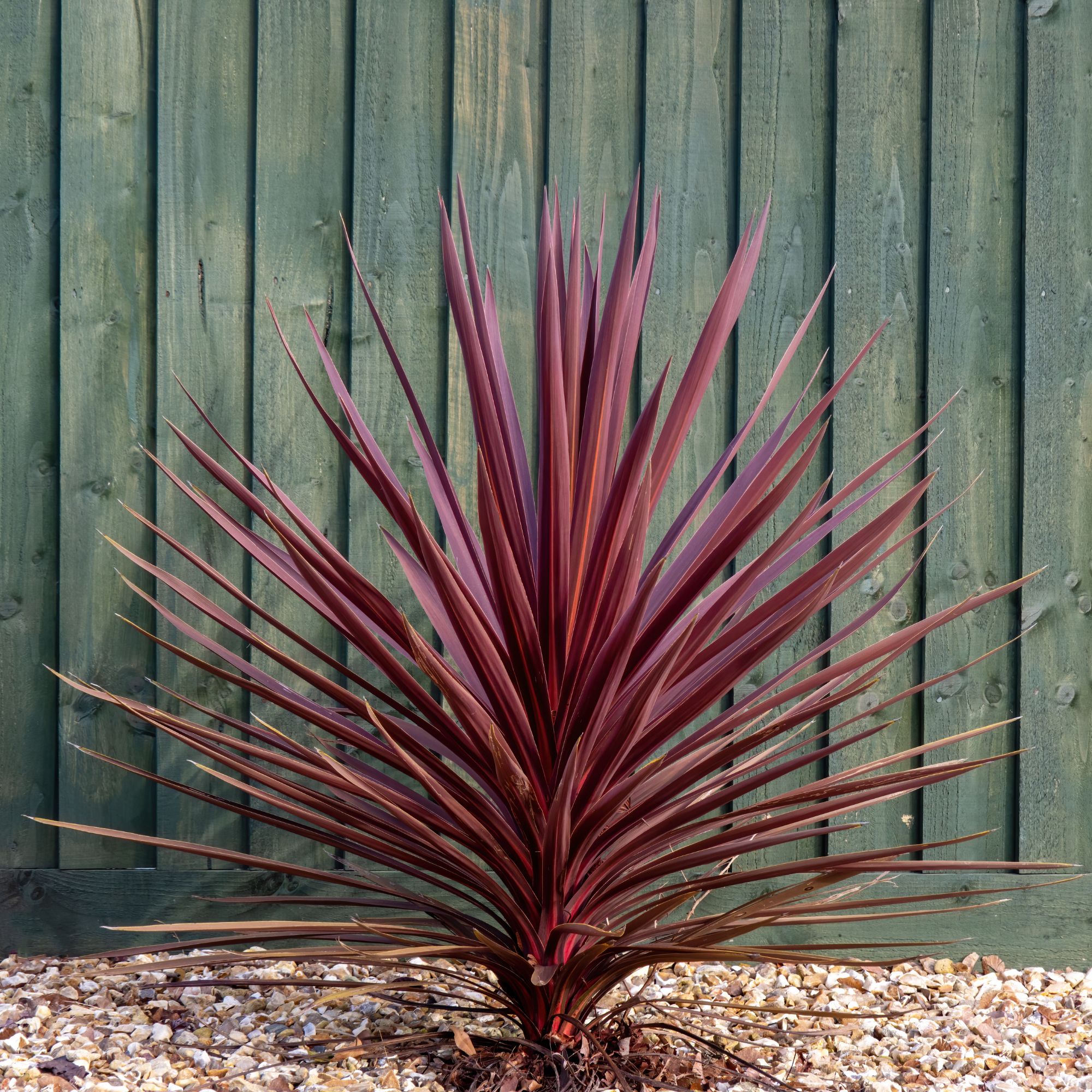
Cordyline australis – also known as cabbage tree or cabbage palm – also makes our list of the best drought-tolerant plants to have in the garden.
Not only do they look good all year round, but they're also perfect for coastal gardens and do well in large containers (they're one of the best low-maintenance plants for pots) or borders. During hot summers, cabbage palm sometimes produces small, scented flowers.
Cabbage palm thrives in well-drained, fertile soil (chalk, loam or sand) and a sunny or partially shaded position. Try to keep them sheltered from cold winds, and wrap pots in fleece during the winter to keep them warm.
Where to buy cabbage palm:
- Gardening Express: Invest in a drought-tolerant cabbage palm plant.
12. Rock roses
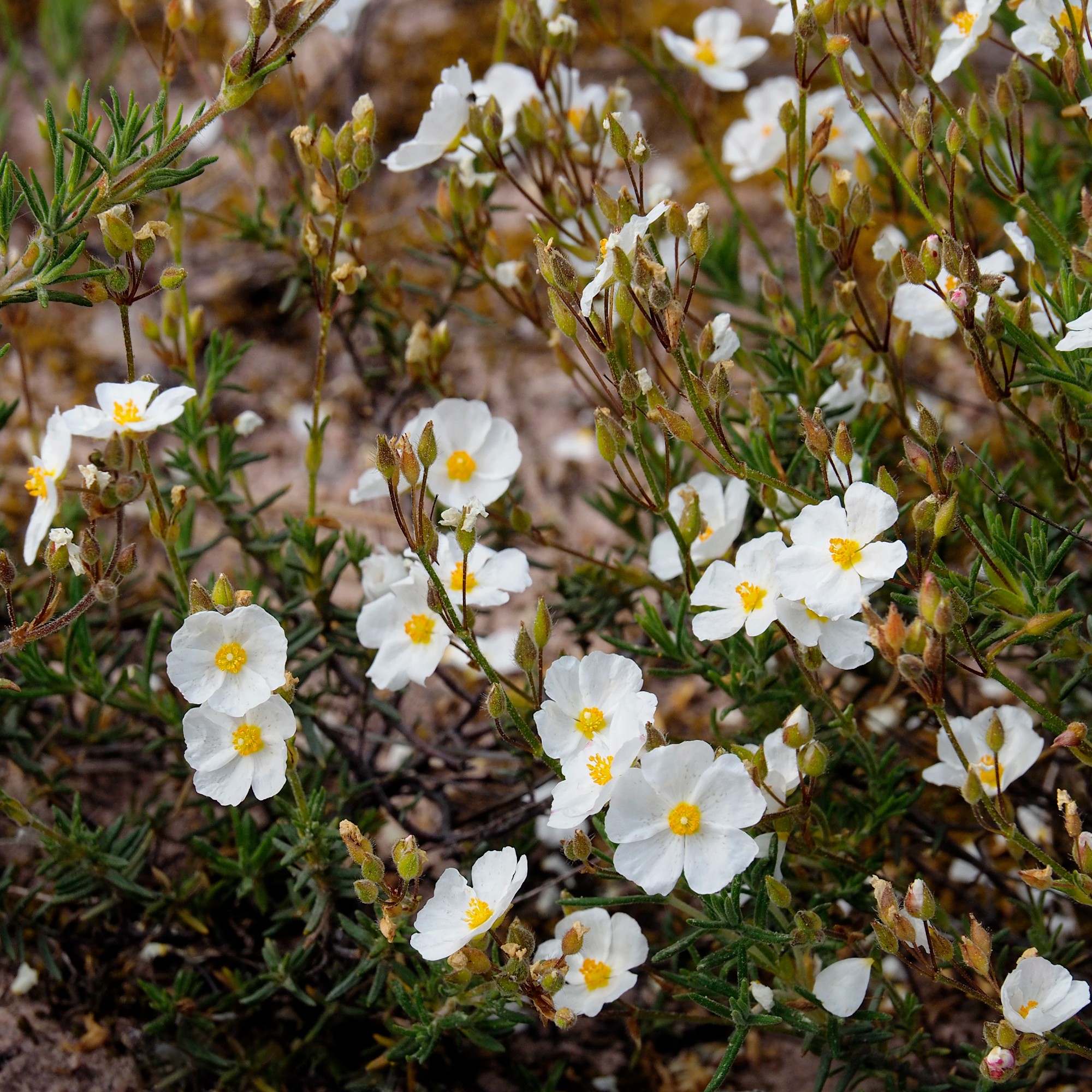
Rock roses, or Cistus, are another compact evergreen which provide vibrant displays of papery flowers from June to July. They're another great drought-tolerant plant for coastal gardens.
Plant rock roses in well-drained soil and full sun and keep them sheltered from cold winds for the best results.
There's no need to feed this plant, but it can be lightly trimmed once flowering has finished.
Where to buy rock roses:
- Amazon: Choose from a wide selection of rock rose plants.
FAQs
What is the most drought-resistant plant?
Lavender is one of the toughest plants out there when it comes to drought resistance, but there's one other plant on this list that stands out.
'Out of the above, gorse is likely the most drought-tolerant,' says John from Gardenstone. 'It has a deep root system which allows it to access water from deeper soil layers, which makes it incredibly drought tolerant.'
What evergreen plants are drought resistant?
There are a number of evergreen plants which thrive in drought conditions.
'Some of my favourite drought-resistant evergreen plants include pittosporum, sacred bamboo, Fatsia japonica, juniper pine and Trachelospermum jasminoides,' says Andy Ellis, former professional gardener and founder of Posh.
Learning how to grow yucca plants will also fill your garden with attractive, strap-like foliage all year round.
Will you be introducing some of these drought-tolerant plants to your garden this year?
Jennifer is the Deputy Editor (Digital) for Homes & Gardens online. Prior to her current position, she completed various short courses a KLC Design School, and wrote across sister brands Ideal Home, LivingEtc, 25 Beautiful Homes, Country Homes & Interiors, and Style at Home.
- Sophie KingGardens Editor